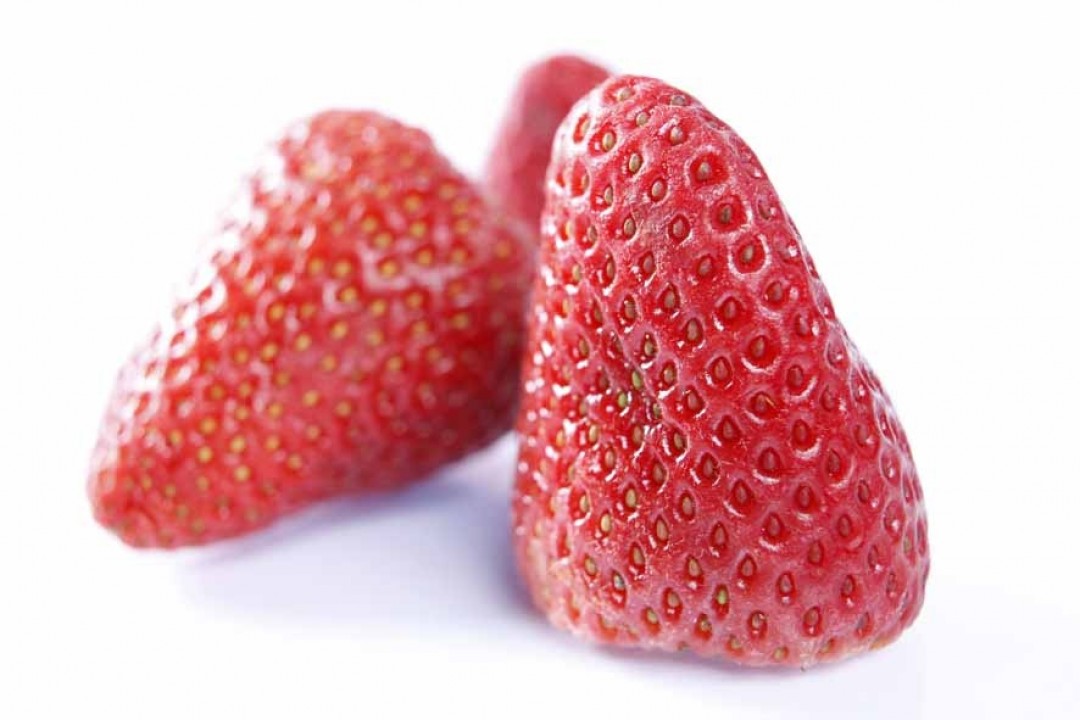
A GLIMPSE INTO THE FRESH AND FROZEN STRAWBERRY MARKETS
The strawberries season might have ended in Europe and Australia but it’s still running in China and still to come in South America. Have you ever wondered who the biggest producing countries of fresh strawberries are? What about frozen strawberries? If yes, then this article is for you.
It is somewhat baffling that when it comes to find the absolute world leader of fresh strawberry production, different sources name different countries. If we go for FAOSTAT data (Food and Agriculture Organization of the United Nations), China is by all means the absolute leader in fresh strawberry production with almost 3 million tons in 2014, followed by USA with 1.3 million tons. At the same time other sources don’t include China in the top 10 producers and give the US the title of biggest producer, which can be a bit confusing. We will however trust the FAOSTAT data this time and look a bit closer into their ranking.
It is interesting to mention that the main growing areas in China are in the northwest, called Heibei, and Beijing. Even though in China the fresh strawberry supply is greater than the demand, this year China will receive for the first time foreign strawberries, after signing an agreement with the USA which allows Californian strawberries into their market. These will be the first batch of foreign strawberries to arrive on Chinese market.
When it comes to the second largest strawberry producing country – USA – it has produced a little above 1.3 million tons in 2014 and has most of the production concentrated in California (over 91% of the country’s strawberry crop). USA is producing way above its demand which of course decreased the prices in 2016, and thus the reason why larger volumes of strawberries have gone to processing industry. Canada is the main export market for the USA, accounting for almost 73% of the US strawberry exports.
The third biggest strawberry producer is Mexico, and it also has most of its production concentrated in one specific region – Michoacan, namely Zamora valley. Most of the Mexican strawberry is intended for the processing industry.
Mexico is then followed by Turkey, Spain, Egypt, South Korea, Japan, Russia, Germany and Poland when it comes to fresh strawberry production.
Now how does the top look in the case of frozen strawberries? Even though there is a lack of reliable statistical data on frozen strawberries production, we can instead turn to the main exporters of frozen strawberries. In 2015, Poland was by far the global leader on frozen strawberries exports accounting for 21% of the global amount – a 4% increase from 2014. It is interesting to pin-point that even though Poland is only the 11th in the world when it comes to producing fresh strawberries, it is number one when it comes to processing and export of frozen strawberries.
As expected, Mexico is number 2 in the world at frozen strawberry exports as most of its fresh production ends up in processing industry. Mexico accounted for 18% of global exports in 2015 and it has increased its share by 3% since 2014.
China has decreased its exports the past years and has landed on the 3rd place with a share of 13% from the global exports of frozen strawberries in 2015, this after being the global leader of this category in 2011 and 2012.
The countries following the top 3 leaders are Morocco, Egypt, USA, Spain, the Netherlands, Belgium and Chile. It is worth mentioning that Egypt is registering an impressive growth in frozen strawberries exports and it is becoming an important player on the European market. Egypt has increased its placement on global rank from number 9 in 2014 to number 5 in 2015 in terms of exports of frozen strawberries.
All in all, the total global amount (in tons) of exported frozen strawberries has increased during the past 5 years by 6% while the value in USD has decreased by almost 4%. These fluctuations are mostly due to an increasing offer of frozen strawberries which is possible with the help of improved freezing technologies, insuring better capacities. More changes will most probably occur on the market in the years to come, especially due to new emerging exporters such as Egypt.
